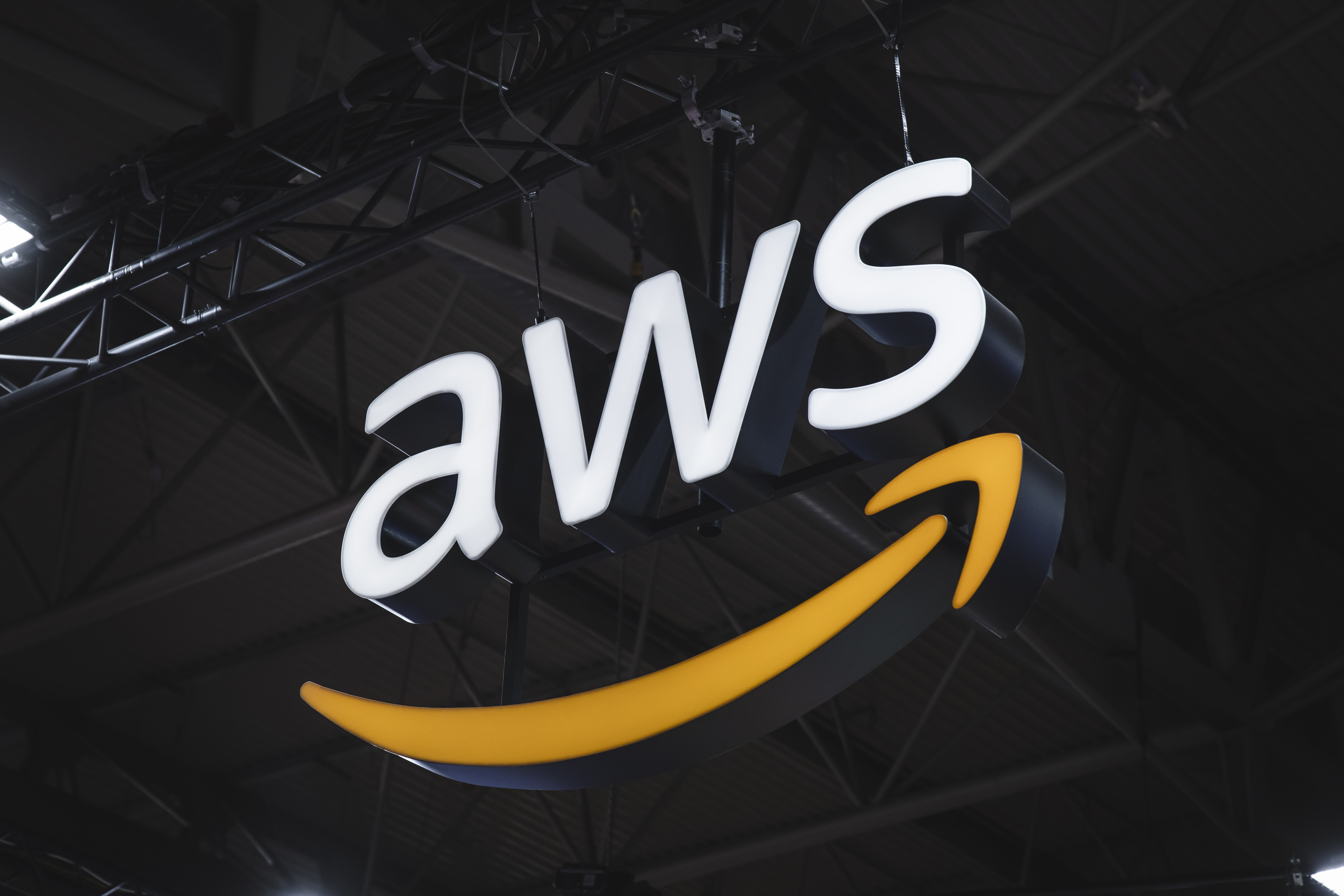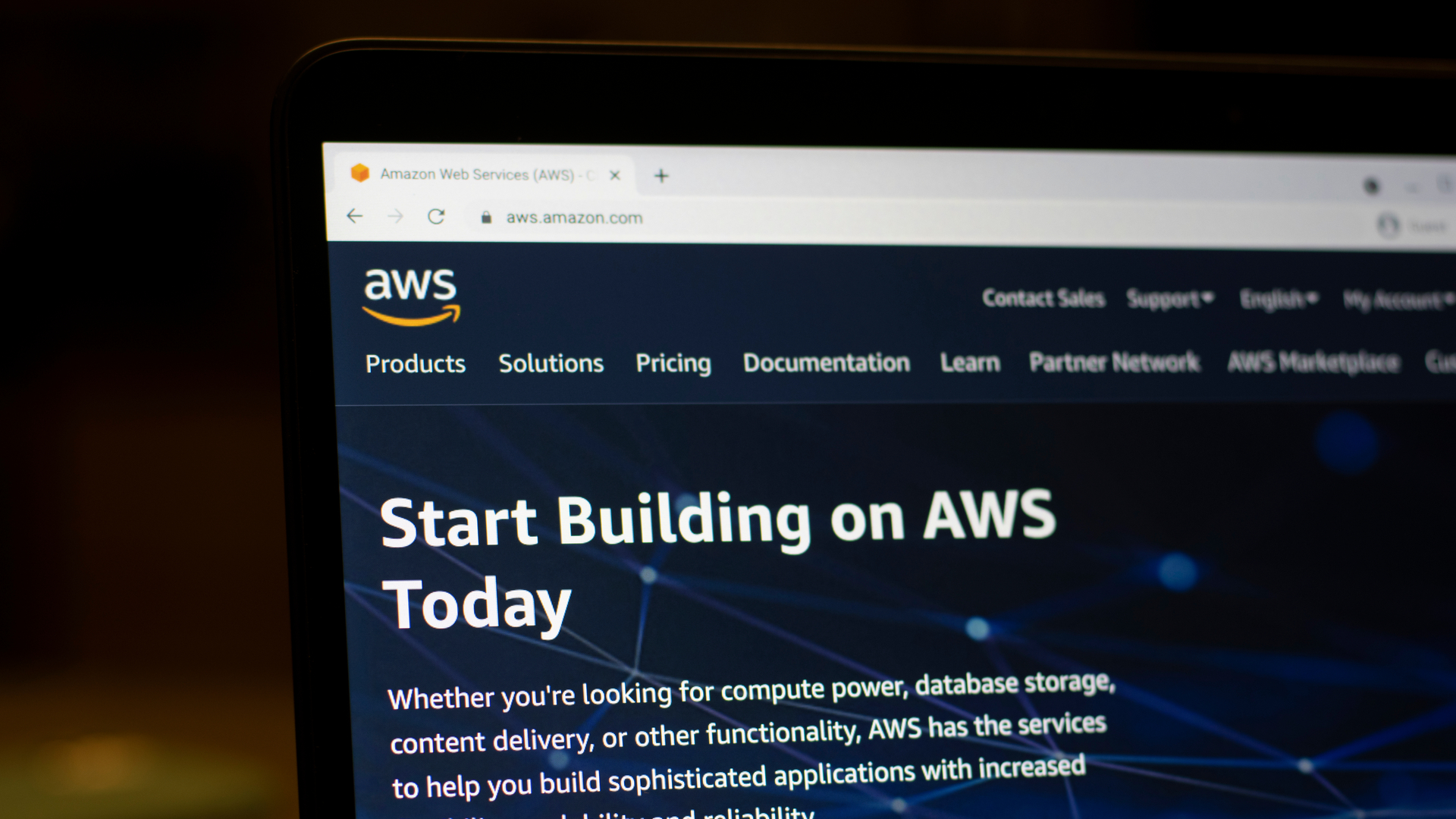Amazon lures new customers with free cloud computing service
The new tier has limits, but offers the chance to experience Amazon Web Services provision.

Amazon Web Services (AWS) has said it will offer a free limited service to developers and businesses.
The move marked the competitive nature of the infrastructure as a service (IaaS) market. By offering a try-before-you-buy service, AWS hopes to attract customers and convince them into staying or to expand their use over time.
From 1 November, new customers will be able to run an Amazon Elastic Compute Cloud (EC2) instance for a year, with access to Amazon Simple Storage Service (S3), Amazon Elastic Block Storage (EBS), Amazon Elastic Load Balancing and AWS data transfer.
AWS said developers could experiment with the facilities to gain hands-on experience and broaden their knowledge of web services requirements.
"Everyone from entrepreneurial college students to developers at Fortune 500 companies can now launch new applications at zero expense and with the peace of mind that they can instantly scale to accommodate growth," said Adam Selipsky, vice president of AWS.
"We can't wait to see what great ideas are set in motion now that it's free to experiment and launch production applications in the AWS cloud."
The service comes with understandable provisos. If access times, storage allowances or monthly requests exceed the permitted amounts, it will automatically escalate to a pay-as-you-go service.
Get the ITPro daily newsletter
Sign up today and you will receive a free copy of our Future Focus 2025 report - the leading guidance on AI, cybersecurity and other IT challenges as per 700+ senior executives
The allocations announced included 750 hours per month of free EC2 and Elastic Load Balancer usage, which the company claimed was equivalent to continuous running. This was backed up by storage allowances of 10GB of EBS and 5GB for S3.
AWS said it would impose traffic controls of 15GB in and out 30GB in all for internet data transfers and 100,000 requests.
Amazon did not say if the allowances would be on a global scale or limited to US markets from the beginning. If the implementation proves successful though, a roll-out to the UK market would be a logical step in 2011.
-
 Bigger salaries, more burnout: Is the CISO role in crisis?
Bigger salaries, more burnout: Is the CISO role in crisis?In-depth CISOs are more stressed than ever before – but why is this and what can be done?
By Kate O'Flaherty Published
-
 Cheap cyber crime kits can be bought on the dark web for less than $25
Cheap cyber crime kits can be bought on the dark web for less than $25News Research from NordVPN shows phishing kits are now widely available on the dark web and via messaging apps like Telegram, and are often selling for less than $25.
By Emma Woollacott Published
-
 AWS' $13 billion India expansion shows why South Asia is next cloud hotspot
AWS' $13 billion India expansion shows why South Asia is next cloud hotspotAnalysis The big three hyperscalers view India as a prime market for expansion in light of recent growth
By Ross Kelly Published
-
 Cloud earnings show ‘slowdown’ still not out of the question
Cloud earnings show ‘slowdown’ still not out of the questionNews Earnings calls from Microsoft and Google show there’s still some gas in the tank for cloud providers
By Ross Kelly Published
-
 What is AWS EC2?
What is AWS EC2?In-depth Released in 2006, the iconic cloud service offers developers secure and scalable computing capacity
By Debabrata Deb Published
-
 AWS launches its second Top Secret region
AWS launches its second Top Secret regionNews The new region offers multiple availability zones geographically distinct from AWS Top Secret-East
By Praharsha Anand Published
-
 AWS wins Adidas contract to host its SAP workloads
AWS wins Adidas contract to host its SAP workloadsNews The sports clothing firm says the deal will help create a more sophisticated system for managing supply and demand
By Praharsha Anand Published
-
 UK spy agencies supercharge espionage efforts with AWS data deal
UK spy agencies supercharge espionage efforts with AWS data dealNews GCHQ, MI6, and MI5 will reportedly benefit from AWS' data analytics and AI features in landmark cloud deal
By Connor Jones Published
-
 AWS to launch cloud services reseller in Australia
AWS to launch cloud services reseller in AustraliaNews AWS Australia will allow customers in the region to buy services locally for the first time
By Zach Marzouk Published
-
 AWS to expand Trust and Safety team amid fight against harmful content
AWS to expand Trust and Safety team amid fight against harmful contentNews Amazon has denied Reuters' reports of changing "policies or processes"
By Sabina Weston Published